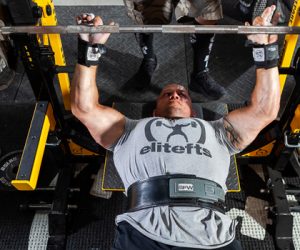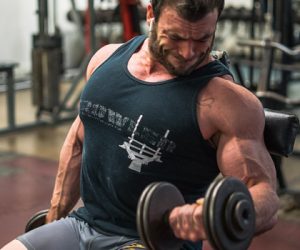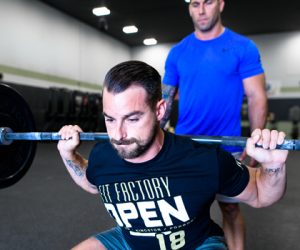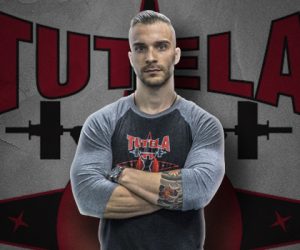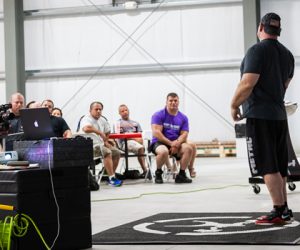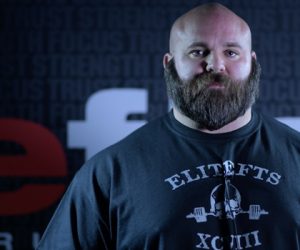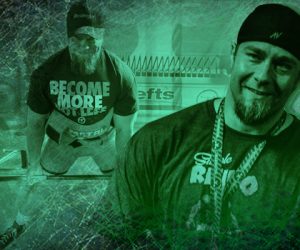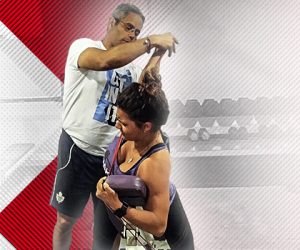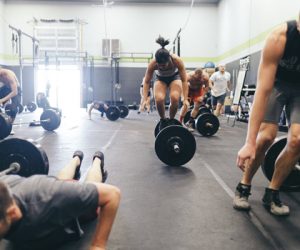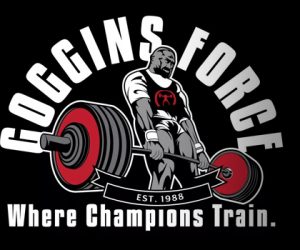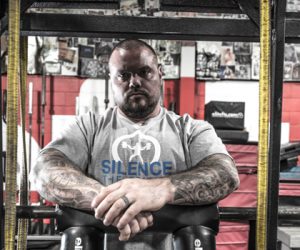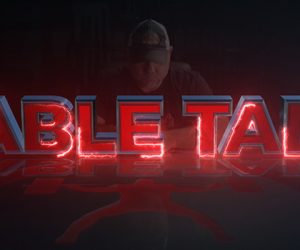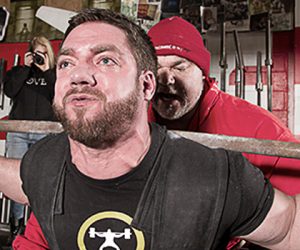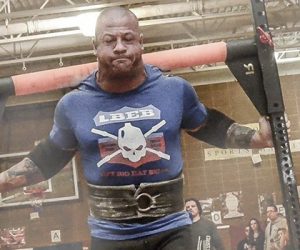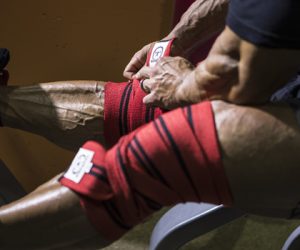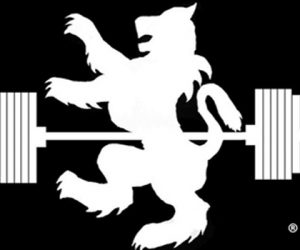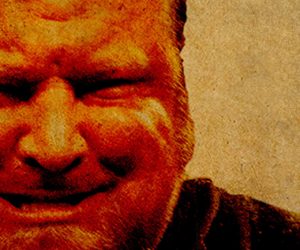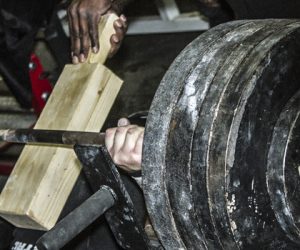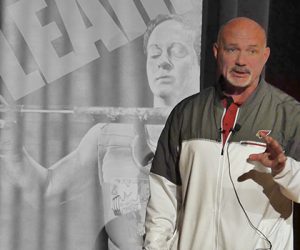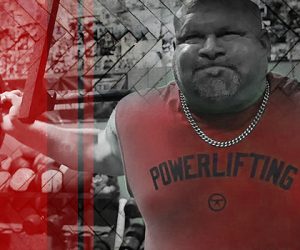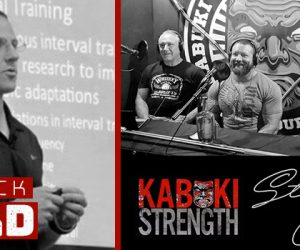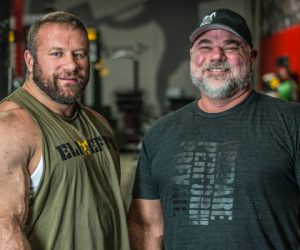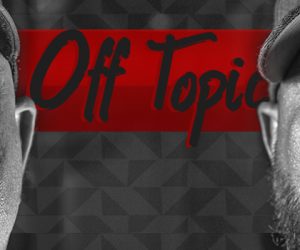Design Your Olympic Weightlifting Program
Here are the key rules to setting up your Olympic weightlifting program. Included are some sample programs.
6 Ways to Increase Performance
Increase your athlete’s performance so they become stronger, faster and more efficient. Here are 6 program designing concepts to implement.
The Pros (and Cons) of Whole-Body Training
In the second article of this series, we look at the pros and cons of utilising a whole-body approach with your training.
The Lost Art of Whole-Body Training: Lessons from History
Whole-body training is highly underutilized in today’s world, and yet, it’s one of the fundamental programming methodologies to date.
Programming For Everyone
Anyone, regardless of experience, should be able to program workouts for themselves. Once you understand your goals, use these easy tips to build a program that delivers results.
Trialing a Rotating Weekly Plan
Here are my ideas for a rotating weekly plan that I’ve been trialing this month with my exact exercises and training loads. I’m sore!
Shift from Block to Vertical Integration for In-Season Program Design
Ever find that stress on one adaptation will have too many drawbacks on all the other adaptations you want your athletes to maintain?
How To Progress a 6-Week Full-Body Training Program
To progress a 6-week full-body training program, let’s consider sets, reps, weight, and tempo.
Does Hypertrophy Have a Place in Athletics?
Some of the brightest minds in strength and conditioning present both sides of the argument. Join the conversation.
5 Ways to Improve Your Programming
Program these five key areas to improve your clients’ results and keep them injury-free while staying motivated to train.
Programming the Overly Complex Needs Assessment
Stepping away from collegiate strength and conditioning, I’ve had time to reflect. In this article, I’ll delve into programming — the good and the ugly. Program-wise, exactly what are your goals?
WATCH: The Method Behind Brian Alsruhe's Training [Whiteboard Edition]
Brian Alsruhe’s background in strongman, martial arts, MMA, and counter-terrorism led to his training system being “messed up” and unique from everyone else’s. Despite that, he’s found great success with his programming and will be breaking it down in this video.
Vincent Dizenzo's BAMF Program
A few weeks ago I blogged about how I was mistakenly looking for a one-size-fits-all approach to dealing with my injuries, and my circumstances are different. But with the help of four friends (and my wife), we came up with a BAMF program. Here it is.
A Hypertrophy Method for Strength Athletes
The thing to keep in mind as you read the remainder of this program is that I’m describing a method of training — not a set-in-stone program. It’s up to you to apply the method to your particular context: your body, your goals, and your life situation.
Why Strength Training is Equally Important as Conditioning (With Template)
For the record, I’m not writing this article to bash box programming; I’m writing this to present an alternative way of doing things while STILL utilizing the best aspects of box programming. Our strength training model is what we’ve used with nearly 20,000 athletes (in a group setting) worldwide with great success.
7 Steps to Running a Successful Group Training Program
How the hell do I design an effective and appropriate program for all of these different types of people who are training in the same session?
Learn to Train X: Dynamic Correspondence to the Platform
Focusing on this concept of carry-over helps powerlifters train in a more intentional and strategic way, ultimately bolstering overall performance come meet day.
You’re Training Athletes, Not Lifters
I had those days, especially early on in my career, that I didn’t understand why the athletes weren’t as enthusiastic as I was at 6 AM. I mean, what the hell is better than getting up early and training your ass off?
Total Body Conjugate 8-Week Program
This eight-week sample program is a snapshot of a few cycles written for a former competitive weightlifter (local/state level). Michael wanted to get back into shape, lose weight, and include some weightlifting movements.
Specialized Band Rotation with Dr. Eric Serrano
Muscles never work in complete isolation, especially during competition, which makes this specialized band rotation a great way to minimize risk of injury and improve performance.
A Training Cycle Alternative for Group Athletes
Linear periodization has its place, and I’ve used it with varying levels of success, but overall there are simply too many drawbacks when used for group programming. Here’s what I use instead.
The Coach's Guide to Programming and Periodization: Surfing The For...
Understanding this tool for manipulating training intensities is key for athlete programming at every part of pre-season, in-season, post-season and off-season phases.
10 Training Rules to Help You Learn What Works for You
Many of us would like there to be a simple answer or a go-to method to reach our goals in the shortest possible time, but in reality we have to spend time under the bar, do our homework, educate ourselves, and learn what makes our unique profile tick.
In-Season Training Considerations to Uphold Off-Season Progress
Many programs account for energy system considerations and athlete deficiencies, but there are a number of other factors I believe are incredibly important for transitioning from off-season to in-season training.
WATCH: How Would You Program for a Deadlift Only Meet?
Many lifters will be tempted to reduce their squat intensity to preserve energy for the deadlift, but that might not be the best idea.
9-Week Strength and Fat Loss Program for the New Year
I designed this program for a few of our lifters who had no meet in mind and wanted to stay strong, shed some fat, and get in better shape. All of them had great results.
WATCH: Table Talk — How to Run a Three-Day Conjugate Training Split
Due to time constraints or an inability to recover optimally, many lifters seek an alternative to the traditional template. The question isn’t whether or not you can use a modified split, but whether or not your results will be optimal.
Athlete Programming Made Simple
I cannot have rep integrity, movement efficiency, and tempo in the weight room if my athletes are dumbfounded by the extremely complex exercise selection that looks like a NASA test simulator. So let’s focus on simplifying things.
Chase the Pain for New Levels of Muscle Growth
To improve the CTP protocol, I’ve made a few tweaks so that you introduce a unique pain technique through one round and then switch it each time.
Three Mental Mistakes That Keep Powerlifters from Making Progress
If you plan on chasing unicorns, don’t hold your breath, because they don’t exist.
WATCH: The Type of Training Programs I Have Used
With all of the different kinds of training programs that exist today, which ones have produced the most success?
Alternatives to Squat Training After Overuse Injuries
When looking at how to continue to train through overuse injuries, there are five main regressions and changes I have found able to lead to pain-free movement in the squat.
WATCH: Table Talk — Personality Differences in Powerlifting
Should a training program be altered based on a lifter’s personality?
10 Changes That Made Me Strong(er) This Year
Like anyone, I’m far from perfect and am constantly in the process of growing. But this year I’ve seen a lot of positive fruit come from changes I’ve made in my life.
Training Advice Worth Repeating
If I could go back in time to when I first started in this industry, I’d force myself to follow these five rules of training. Those of you starting now should listen.
Programming Economy — 5 Exercise Categories
Let’s start with a couple of definitions to standardize our understanding of this concept of training economy. We will look at GPE, SPE, SE, SDE, and SFE.
Information to Insight
Science, intelligence reports, and training programs all require a thesis whereby assumptions are made on the path to turning raw information into good insight.
The Need for Flexibility in Exercise Selection and Progression
It’s interesting — as strength coaches, we constantly talk about the need for good programming and consistency, but having flexibility is undoubtedly a key component.
Why I Need to Make a Change — The Plan
Change is difficult but can hold great rewards. Here’s how I’m going to make it all happen.
Fun Is for Children
I have some grown up advice for your training: start training like an adult and quit worrying about whether or not it’s fun. This program actually produces results, and in my book, results are a hell of a lot more fun than feel-good training.
Why I Need to Make a Change
Sometimes it takes a hard push for me to initiate change, and life has definitely been pushing me.
Your Kid Is Not a Pro Athlete
Parents often don’t realize that some of the popular programs out there look cool but are the equivalent of going from first grade to 12th grade in a week. The best program is the one your athlete is ready for.
WATCH: Buddy Morris SPS Presentation — The Mission and Purpose of an S&a...
We all know that your role as a strength and conditioning coach is to produce higher-performing, more injury-resistant athletes. But what does that actually mean for your program? How do you achieve it?
What's Your Game Plan?
You’re never going to build a big total by going into the gym and lifting as much as possible every session, week after week, year after year.
Shooting Knowledge Applied to Training
I recently made a transition from someone who had a decent amount of experience and was relatively advanced in one sport, to someone who is a true beginner in another sport. It’s taught me a lot about training and shooting.
LISTEN: LEO Training Podcast — Bryan Mann on Stress and Social Support f...
Written training programs can account for physical stress, but it is the strength and conditioning coach’s responsibility to adjust for academic stress. This podcast includes the details of Dr. Mann’s research on the subject.
Finding Your Niche in S&C as a Female Coach
Professionals who succeed in the field career athletics are few and far between. Look to the ranks of women and the numbers drop even further.
24-Hour Shift Programming for Those Who Protect and Serve
This training design has taken into account 24-hour shifts over a four-week schedule. As you can see, each week has varying work demands, so the training program must reflect this.
Train to Think or Think to Train
If you don’t understand the reason behind doing something, how will you know if you are getting the proper results out of your efforts?
Ivan the Terrible
The customer is the ultimate determinant of your product and what it’s about. It doesn’t matter how you perceive your product — it matters how they do.
Strength Chat Podcast: Seattle Seahawks Patrick Ward on Using Data
As strength training and sports are becoming more data-driven, hear from one of the best Sports Science Analysts on the topic.
WATCH: True Age vs Training Age
There are rules about training age that apply whether you’re 15 or 50.
WATCH: Exercise and Mental Health — Understanding Comprehensive Stress R...
The presentation is an introductory overview covering items ranging from the importance of mental health to the stress response and how to design exercise programs to accommodate it.
What I Think I Know About Muscle Growth
I am not an in-the-lab scientist; per my own training practice, I care about what I can apply, not what I can argue about.
3 Ways to Know You're Getting Stronger Without Taking a Max
The key is to find ways to consistently track strength increases throughout the training cycle, so that the ebb and flow of peak strength doesn’t negatively affect the overall picture of your training.
You're Probably Not Overtraining
Thinking that overtraining cannot happen is wrong. Immediately jumping to the conclusion that you need to back off or deload is also wrong.
Training for Police Officers: The Necessities Every Cop Needs in their P...
For most people who step into a gym, your training isn’t a matter of life and death. For police officers, it is.
Four Traps to Avoid When Starting Conjugate Training
Using the Conjugate Method has been one of the most rewarding and fun things I’ve ever done, but it requires ownership and a tenacity to keep looking for answers. Here are four things to avoid as you begin your quest.
WATCH: Off Topic — Should You Periodize Your Conditioning?
In building your aerobic base, is it enough to simply add Prowler pushes, hill sprints, and sled drags to your program? Dave and Jim explain the purpose behind GPP.











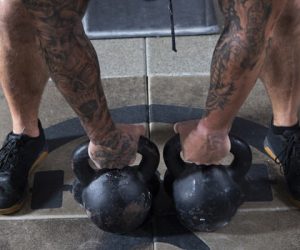
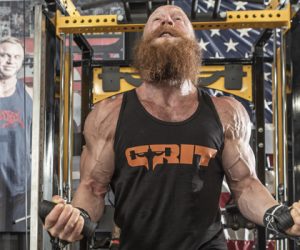
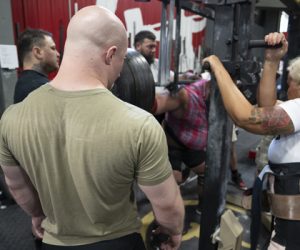
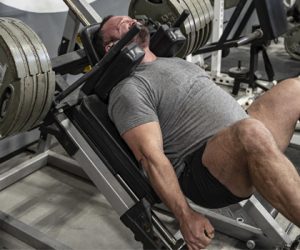
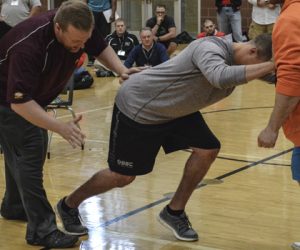

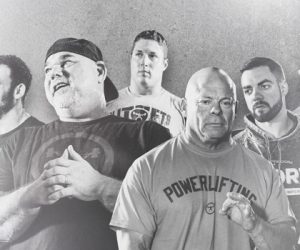
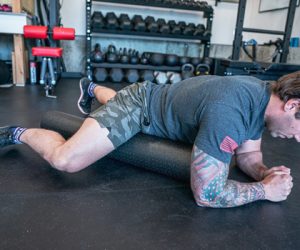

![WATCH: The Method Behind Brian Alsruhe's Training [Whiteboard Edition]](https://www.elitefts.com/wp/wp-content/uploads/2019/11/BrianWhiteboard-300x250.jpg)
